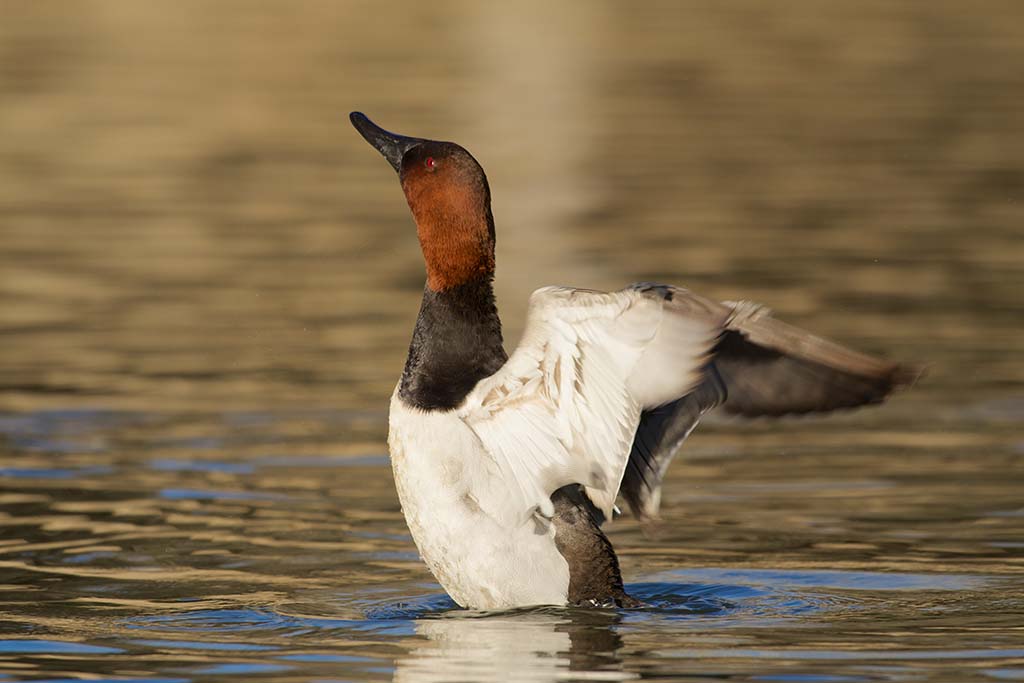Description
As opposed to puddle ducks that generally live in fresh, shallow water, diving ducks frequent big, open water such as lakes, large rivers, and coastal bays. They feed by diving for submerged vegetation, and can travel hundreds of feet under the surface to escape predators. Divers include canvasback, ringnecks, scaup, and the sea ducks, to name a few. Diver hunting nearly always happens in big, open water. The Great Lakes, major river-ways, and the coastal bays in the northeast and Pacific Northwest often hold divers in good numbers. Decoys are generally strung on “long lines”—cord or wire 100 feet in length or longer, with a decoy clipped on every yard or so. Multiple long lines strung near each other create the illusion of a large flock of birds on the water, and can lure live ducks off the horizon. Unlike puddlers, calling isn't as necessary when diver hunting. Concealment is a big factor, so divers are often hunted from layout boats, which place the hunter flat against the surface water. Larger boat blinds are often used, and much more comfortable, but the thrill of getting into a layout in January in Chesapeake Bay, with icy water splashing against the low gunnels can't be beat. It’s a classic way to fill a diver bag.





